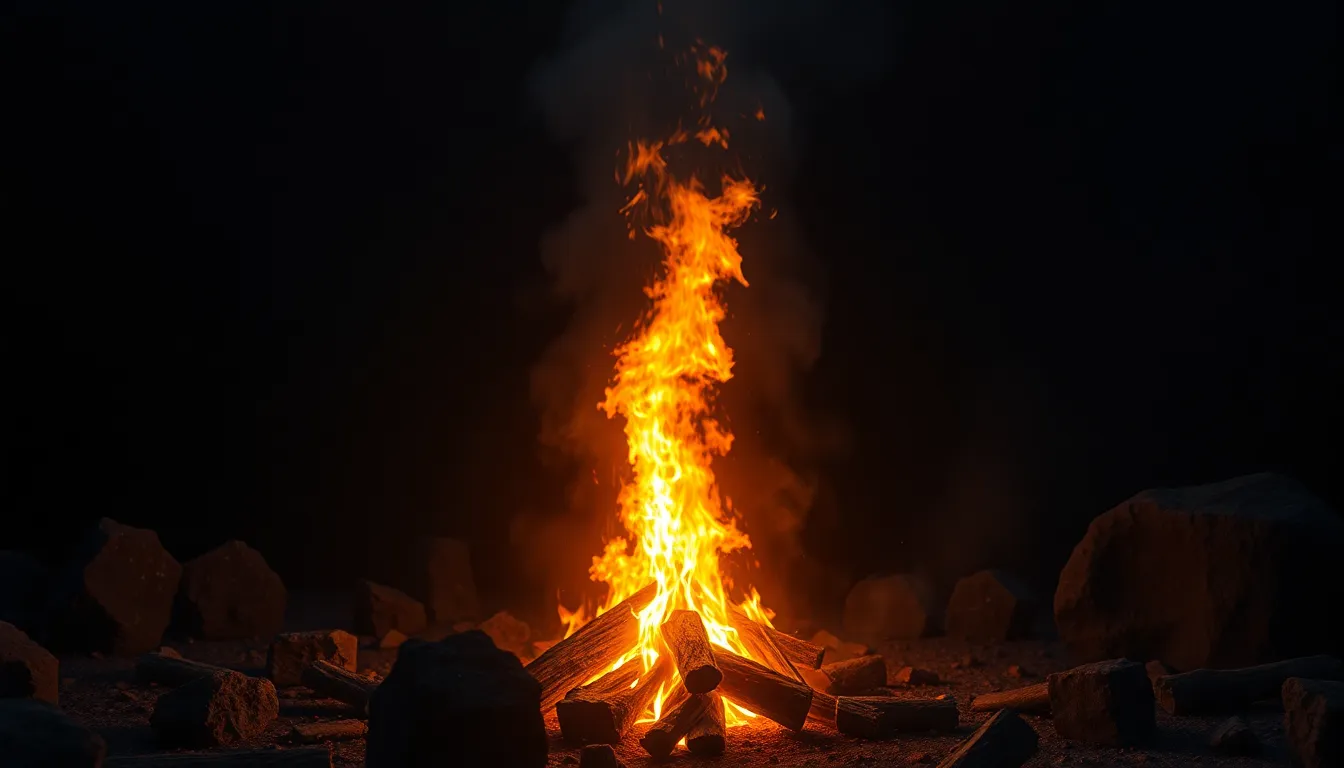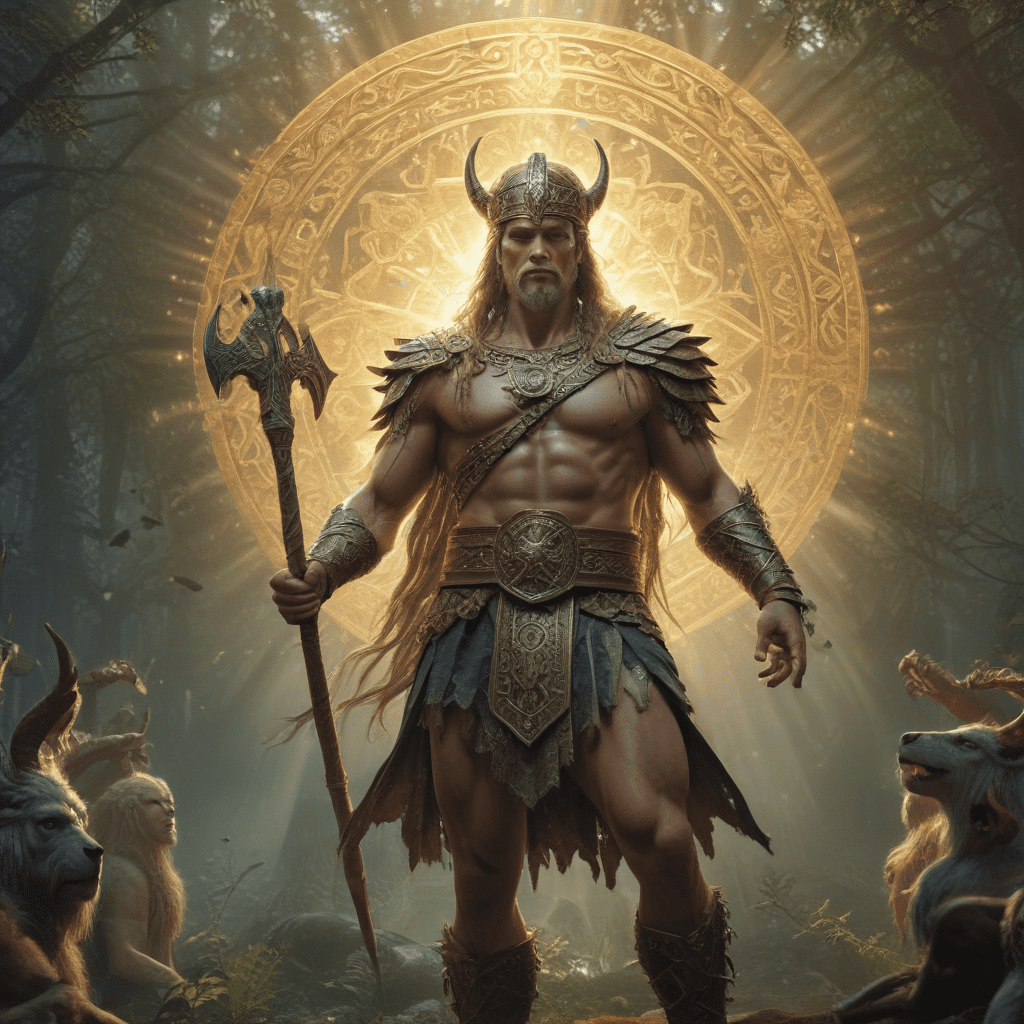Incan Mythology: An Ancient Worldview
The Incan Empire, which flourished in the Andes Mountains of South America from the 13th to the 16th centuries, possessed a rich and complex mythology that shaped their worldview, customs, and social structure. Incan mythology, unlike many other ancient belief systems, was not written down but passed down orally through generations, making it a living tradition that intertwined with everyday life. This oral tradition was crucial for preserving their history, cultural values, and understanding of the natural world.
The Oral Tradition: A Living Legacy
Incan mythology was a dynamic and evolving system, constantly adapting to new experiences and challenges. The stories and beliefs were not static texts but were reinterpreted and reimagined by each generation. This constant retelling ensured that the mythology remained relevant and meaningful, reflecting the changing needs and aspirations of the people. The oral tradition, supported by intricate systems of knots and mnemonic devices, ensured that knowledge was accessible to all, promoting a sense of shared history and cultural identity.
The Role of the Amautas: Keepers of Knowledge
Within Incan society, a select group of individuals known as Amautas played a critical role in preserving and transmitting this vast body of knowledge. These wise men and women were highly respected for their wisdom, eloquence, and ability to recall and interpret complex tales. They trained younger generations, ensuring the continuity of the oral tradition. The Amautas acted as living repositories of Incan history, folklore, and cosmology, sharing their insights through storytelling, songs, and rituals.
Key Deities and Their Domains: Shaping the Incan Cosmos
The Incan pantheon was filled with deities who represented various aspects of the natural world, human experience, and cosmic order. Each deity had a specific domain and played a crucial role in maintaining harmony and balance within the Incan universe. These deities were not merely abstract concepts but were believed to be deeply involved in the lives of the people, influencing everything from weather patterns to agricultural success.
Viracocha: The Creator God and Cosmic Order
Viracocha, the supreme creator god, occupies a central position in Incan mythology. He is believed to have created the world, the sun, moon, and stars, as well as humanity. He is associated with cosmic order, justice, and wisdom, and often depicted as a bearded deity, reflecting the influence of other Andean cultures. Viracocha's creation myth provided the Incas with a sense of origin and purpose, shaping their understanding of their place in the universe.
Inti: The Sun God and Divine Ruler
Inti, the sun god, was revered as the most important deity in the Incan pantheon. He was seen as the divine ruler of the Incan Empire, responsible for providing warmth, light, and life-giving energy to the land and its people. Inti was often depicted as a young, handsome man, radiating golden light. His presence was felt in every aspect of Incan life, from agricultural cycles and daily routines to festivals and rituals.
The Incas worshipped Inti with great devotion, building grand temples and offering sacrifices to honor his power. They believed that Inti’s favor was crucial for prosperity and success, and they prayed to him for bountiful harvests, good health, and victory in war. The annual Inti Raymi festival, held during the winter solstice, was a grand celebration dedicated to Inti, with elaborate ceremonies and offerings. Inti’s influence on the Incan calendar and their understanding of time is evident in their complex system of astronomy and their close observation of the sun’s movements.
Mama Killa: The Moon Goddess and Lunar Cycles
Mama Killa, the moon goddess, held a prominent place in Incan mythology, representing the feminine aspect of the cosmos. She was seen as the sister and wife of Inti, the sun god, and her cycles were closely linked to the lunar calendar, influencing the Incan understanding of time and their agricultural practices.
The Incas believed that Mama Killa governed the tides, influenced the growth of crops, and played a vital role in fertility and childbirth. She was often depicted as a beautiful woman adorned with moonstones, symbolizing her celestial radiance. Mama Killa was revered for her nurturing and protective nature, and her image was often incorporated into textiles, jewelry, and pottery.
Pachamama: The Earth Mother and Fertility
Pachamama, the Earth Mother, was a powerful and revered deity in Incan mythology, representing the Earth’s bounty and fertility. She was seen as the source of all life, providing sustenance and nourishment to the people. The Incas believed that Pachamama was responsible for the growth of crops, the abundance of animals, and the health of the land.
Pachamama was closely associated with agriculture, and her favor was crucial for successful harvests. The Incas offered sacrifices of food, drink, and precious objects to Pachamama, seeking her blessings for fertility, prosperity, and protection. They also believed that Pachamama could bring misfortune if she was angered or neglected, emphasizing their deep reverence for the Earth and their interconnectedness with the natural world.
The Myth of Manco Capac: Origins and the Foundation of the Incan Empire
The myth of Manco Capac, the legendary founder of the Incan Empire, provides a powerful account of their origins and their divine mandate to rule. According to this legend, Manco Capac and his sister Mama Ocllo emerged from Lake Titicaca, a sacred body of water, carrying with them a golden rod. The gods had instructed them to find a suitable place to establish a new civilization, and the rod would sink into the ground at the chosen site.
Manco Capac and Mama Ocllo traveled across the Andes, and the rod sank into the ground at the site of Cuzco, the future capital of the Incan Empire. They established a new society, teaching the people agriculture, weaving, and other essential skills. Manco Capac became the first Inca ruler, establishing a powerful empire that would stretch across the Andes region. This myth provides a compelling narrative of the Incan origins, emphasizing their divine lineage and their mission to bring order and prosperity to the land.
Theories of Incan Mythology: Historical Interpretations and Modern Perspectives
The study of Incan mythology has been shaped by a variety of historical interpretations and modern perspectives. Early colonial accounts often portrayed Incan beliefs as primitive and superstitious, seeking to discredit them in favor of Christian doctrines. However, more recent scholarship has recognized the richness and complexity of Incan mythology, appreciating its cultural significance and its role in shaping Incan society.
Modern perspectives on Incan mythology examine its themes of creation, order, and human responsibility, highlighting its connections to the natural world and its role in shaping Incan social structures. Studies in anthropology, archaeology, and religious studies have provided valuable insights into the meaning and function of Incan mythology, shedding light on their unique worldview and spiritual practices. Despite the challenges of reconstructing an oral tradition, scholars continue to unravel the mysteries of Incan mythology, seeking to understand its enduring impact on both the ancient Andean world and contemporary perspectives on human culture and spirituality.
FAQ
Q1) What is Incan mythology, and how was it preserved?
A1) Incan mythology is a collection of stories, beliefs, and rituals that shaped the Incan worldview. It was preserved through oral tradition, passed down through generations by storytellers known as Amautas.
Q2) Who were the most important deities in the Incan pantheon?
A2) Some of the most important deities include Viracocha (the creator god), Inti (the sun god), Mama Killa (the moon goddess), and Pachamama (the Earth Mother).
Q3) What is the significance of the myth of Manco Capac?
A3) The myth of Manco Capac narrates the origins of the Incan Empire and their divine mandate to rule. It provides a sense of shared history and cultural identity for the Incan people.
Q4) How has Incan mythology been interpreted throughout history?
A4) Early colonial interpretations often dismissed Incan mythology as primitive, while modern scholarship recognizes its richness and cultural significance.
Q5) What can we learn from studying Incan mythology today?
A5) Studying Incan mythology offers insights into their worldview, their relationship with the natural world, and their social structures. It also provides a valuable perspective on human culture and spirituality.



